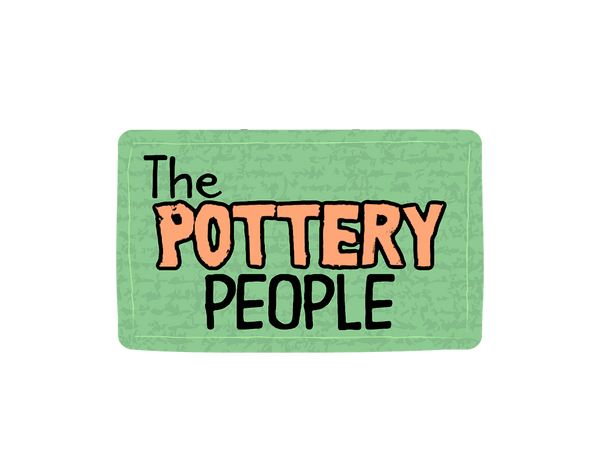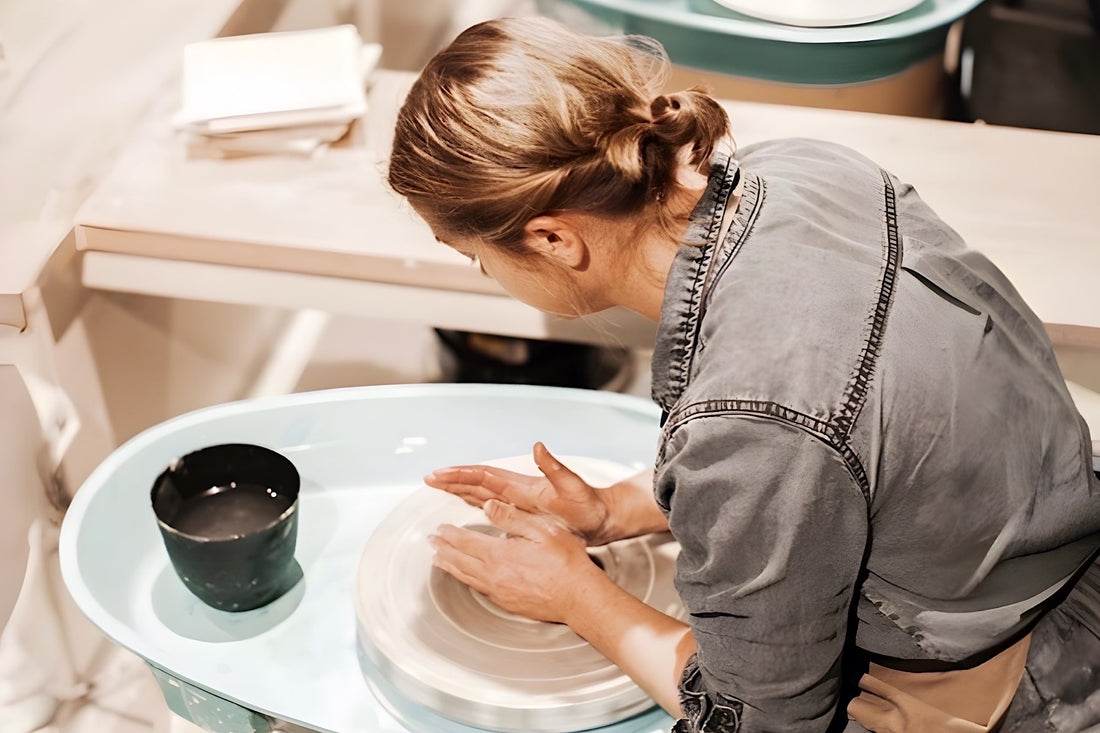Whether you're a seasoned potter or just beginning your journey with clay, selecting the right pottery wheel is a crucial decision that can significantly impact your creative process. With a variety of options available, understanding the different types of pottery wheels will empower you to make an informed choice that aligns with your unique needs.
1. Electric Pottery Wheels
Electric pottery wheels are the most commonly used type among potters of all levels. These wheels are powered by electricity and offer consistent speed control, making them ideal for precise shaping and forming. Electric wheels are user-friendly and great for beginners because they require less physical effort than other types. Their speed can be adjusted easily, allowing artists to work at their own pace. They're perfect for creating detailed pieces, such as intricate vases or delicate bowls.
2. Kick Wheels
Kick wheels, also known as foot-powered wheels, harken back to traditional pottery methods. These wheels require manual operation through a pumping motion using your foot. While kick wheels demand a bit more physical effort, they provide a unique tactile experience that some potters prefer. They're often chosen by artists who appreciate the connection to the pottery-making process's historical roots and seek a more meditative, hands-on approach to their work.
3. Treadle Wheels
Treadle wheels, similar to kick wheels, rely on manual foot power for operation. However, treadle wheels typically have a treadle (a foot pedal) that controls the wheel's movement, allowing for smoother and more controlled rotation. Treadle wheels combine the tactile interaction of kick wheels with improved functionality, making them a popular choice for those who enjoy the rhythm of foot-powered pottery but seek greater precision.
4. Combination Wheels
Combination wheels offer the best of both worlds by integrating electric and manual components. These versatile wheels allow potters to switch between electric and kick/treadle operation. This flexibility is especially useful for artists who want to experience various pottery-making methods without investing in separate wheels. Combination wheels provide the convenience of electric power when needed while still offering the hands-on connection of manual operation.
5. Choosing Based on Your Style
When selecting a pottery wheel, consider your personal style and artistic preferences. If you're drawn to the contemplative and traditional aspects of pottery, kick or treadle wheels might be the perfect fit. On the other hand, if you value precision and ease of use, electric wheels are likely more suitable. Remember that the type of wheel you choose should enhance your creative process and help you achieve your desired pottery outcomes.
6. Budget and Space Considerations
Your budget and available studio space also play a role in your pottery wheel selection. Electric wheels tend to be pricier due to their technology, while kick and treadle wheels may be more affordable. Additionally, consider the physical space you have for the wheel and its accessories. Ensure that your chosen wheel fits comfortably in your studio or workspace and allows for smooth maneuvering.
Conclusion
Ultimately, the type of pottery wheel you choose should align with your artistic style, preferences, and creative goals. Whether you opt for the precise control of an electric wheel, the tactile engagement of a kick or treadle wheel, or the versatility of a combination wheel, your chosen tool will become an integral part of your pottery journey. Take the time to research, test, and consider your options, and you'll find the pottery wheel that perfectly complements your craft and allows your artistic vision to flourish.

